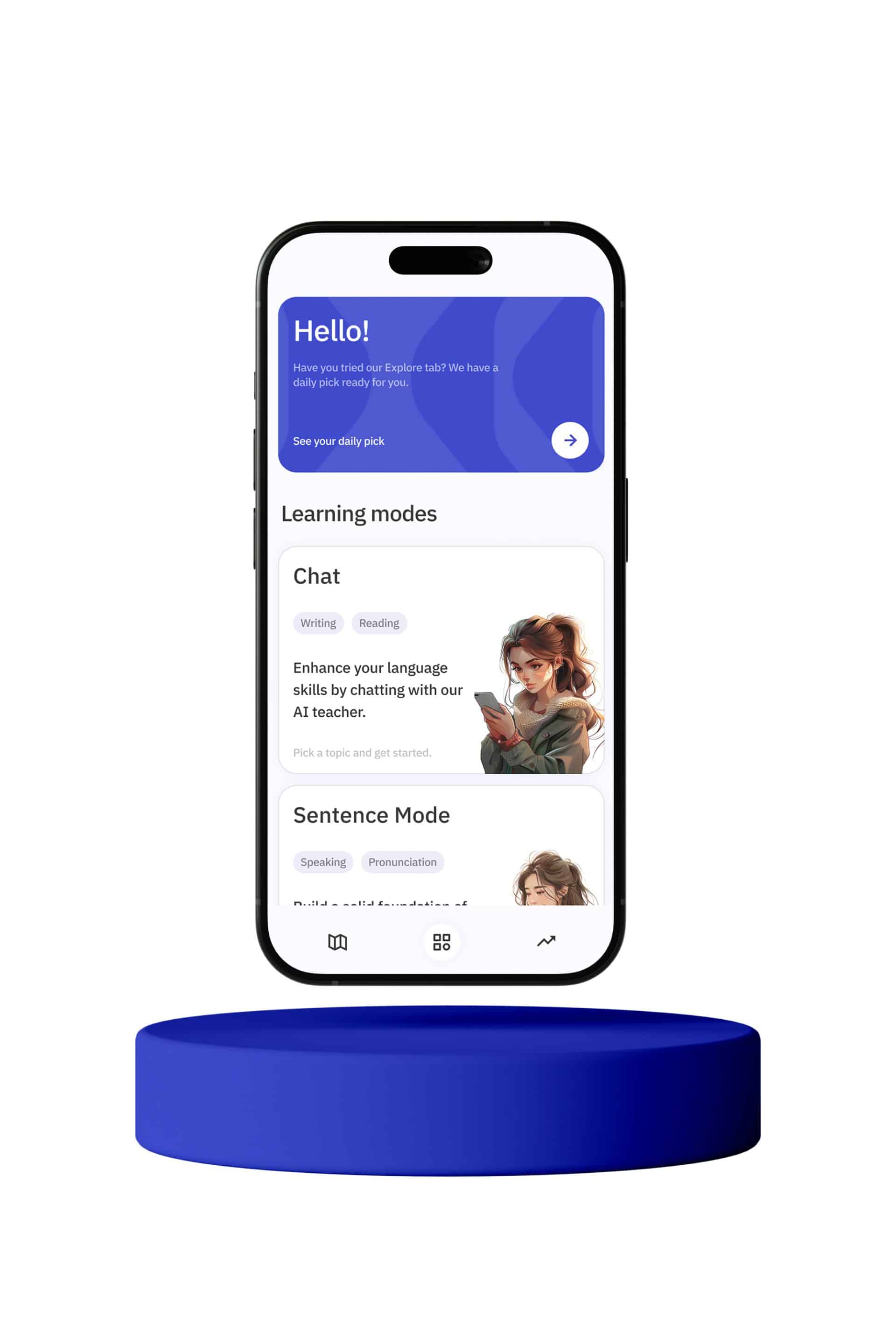When learning Italian, one might encounter the verbs comprare and acquistare, both of which translate to “to buy” or “to purchase” in English. While they may seem interchangeable at first glance, subtle differences in usage and connotation distinguish them. Understanding these nuances can help you use the correct verb in various contexts, enhancing your fluency and comprehension of the Italian language. This article will delve into the meanings, usages, and contexts in which comprare and acquistare are most appropriately used.
Firstly, let’s explore comprare. This verb is the more commonly used term for “to buy” in everyday Italian. It is straightforward and can be employed in a variety of situations, from casual to slightly formal. For example, if you are going to the market to buy some groceries, you would use comprare:
– Devo comprare il pane e il latte. (I need to buy bread and milk.)
Here, comprare is used in a simple, everyday context, demonstrating its broad applicability. It is also the verb most learners will encounter first when starting to learn Italian due to its frequency in daily conversations.
On the other hand, acquistare carries a slightly more formal or technical connotation. It is often used in written Italian, business, or legal contexts. For instance, if you are discussing a significant purchase like real estate or a car, acquistare might be more appropriate:
– Ho deciso di acquistare una nuova casa. (I have decided to purchase a new house.)
In this example, acquistare reflects the formality and significance of the transaction. While comprare could technically be used, acquistare adds a layer of seriousness and formality, making it the preferred choice in such contexts.
Another interesting aspect of acquistare is its use in a metaphorical sense. It can imply acquiring intangible items such as rights, respect, or knowledge. For example:
– Per acquistare il rispetto degli altri, bisogna essere sempre onesti. (To gain the respect of others, one must always be honest.)
In this case, acquistare is used metaphorically to convey the idea of gaining or earning something non-material.
Let’s also consider the grammatical aspects of these verbs. Both comprare and acquistare are regular -are verbs, which means they follow standard conjugation patterns in the present tense, past tense, and other moods. Here’s a quick look at their present tense conjugations:
Comprare:
– Io compro (I buy)
– Tu compri (You buy)
– Lui/Lei compra (He/She buys)
– Noi compriamo (We buy)
– Voi comprate (You all buy)
– Loro comprano (They buy)
Acquistare:
– Io acquisto (I purchase)
– Tu acquisti (You purchase)
– Lui/Lei acquista (He/She purchases)
– Noi acquistiamo (We purchase)
– Voi acquistate (You all purchase)
– Loro acquistano (They purchase)
As you can see, the conjugation patterns are identical, making it easier to learn and remember both verbs. However, choosing the right verb depends on the context and the nuance you wish to convey.
There are also idiomatic expressions that use these verbs, further enriching the Italian language. For example:
– Comprare la gatta nel sacco (To buy a pig in a poke – meaning to buy something without inspecting it first)
– Comprare casa a qualcuno (To buy someone’s silence or favor)
On the other hand, idioms with acquistare might be less common, but they do exist in more specialized contexts:
– Acquistare un diritto (To acquire a right)
– Acquistare esperienza (To gain experience)
In conclusion, while comprare and acquistare both translate to “to buy” or “to purchase,” they are not always interchangeable. Comprare is the go-to verb for everyday transactions and casual conversations. It is versatile and easy to use in a variety of contexts. Acquistare, however, is reserved for more formal situations, written language, or when referring to significant purchases and metaphorical acquisitions. By understanding these distinctions, you can enhance your Italian language skills and communicate more effectively and appropriately in different scenarios.
Remember, mastering a language involves not only learning vocabulary and grammar but also understanding the cultural and contextual nuances that come with it. By paying attention to these details, you’ll find yourself speaking Italian more naturally and confidently. Happy learning!








